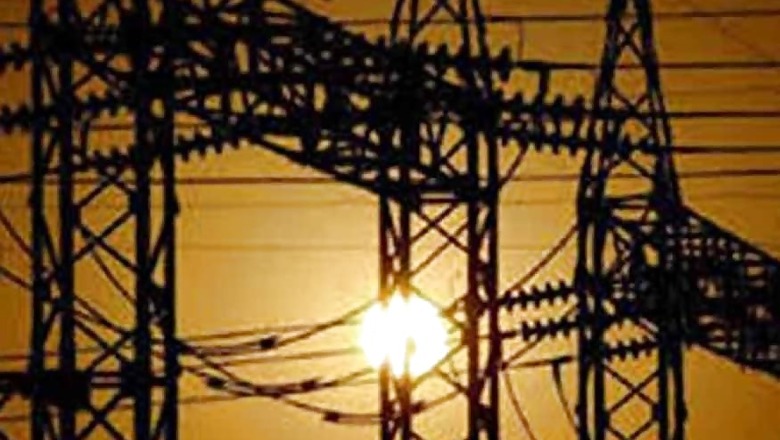
views
The environment ministry’s expert committee on forest clearance- the Forest Advisory Committee (FAC) deferred the clearance for the 3097 megawatts Etalin Hydroelectric Project (HEP) proposed in Dibang Valley of Arunachal Pradesh.
Headed by the Director-General of Forest, has sought views of the Ministry of Power on the feasibility of the project, vis-à-vis, the country’s current energy plans. Its priority in comparison to other projects planned in the region and its tariff structure, which the FAC said, was already high at the time of the proposal.
The FAC also sought a detailed cost-benefit ratio analysis for the project. It asked the project proponent- Jindal Power Limited if trees in the project’s reservoir area could be spared from felling.
“As this is a large-sized project in the Himalayas, inputs of the Impact Assessment division of the Ministry on whether environmental impact of the proposed project and mitigating measures have been considered, will be obtained,” the FAC stated. The FAC had appraised the project on April 23 via video-conference and the minutes of the meeting were made public on May 12.
The cost of the Etalin HEP is pegged at Rs 25,296.95 crores and it requires diversion of 1,165 hectares of pristine and ‘luxuriant’ forest and will lead to felling of over 2.7 lakh trees as per project appraisal documents. A joint venture between the Arunachal Pradesh government and Jindal Power Limited plan will implement the project.
During the appraisal of the project, the FAC accepted the recommendations of a seven-member sub-committee. It constituted to visit the site and examine the concerns of the regional office of the environment ministry regarding the project’s ecological impacts. The sub-committee broadly supported approval of the project. Besides, the FAC also accepted the report of the Wildlife Institute of India (WII) which submitted a ‘Wildlife conservation plan for the impact zone of Etalin HEP’.
The WII’s report, however, had come under criticism from 24 scientists belonging to 14 scientific institutions, who termed the report biased, incomplete and flawed. The FAC had asked WII to do a ‘multiple seasons replicate study’ to assess the biodiversity of the catchment area of the Etalin project.
WII did a five-month study and did not find the presence of any tigers in their study area. However, the FAC had noted in the past hearings that 12 tigers had been seen using camera traps in the Dibang valley. Tigers are also considered culturally significant by the Idu Mishmi tribes who don’t hunt the striped cat. Tigers are considered as brothers by the tribe and they have opposed the Etalin project.
The Dibang valley, where the HEP is proposed, is considered a mega biodiversity hotspot of the world. The project is located at the junction of the Paleoarctic, Indo-Chinese and Indo-Malayan bio-geographic regions. The state government of Arunachal Pradesh has planned over 100 HEP projects and just this March 12, the union environment and forest ministry granted the Stage-II or final forest clearance for the Dibang Multipurpose Project.
This project, to be built by the National Hydroelectric Power Corporation Ltd, would have the country’s tallest concrete gravity dam with a proposed height of 278m.



















Comments
0 comment